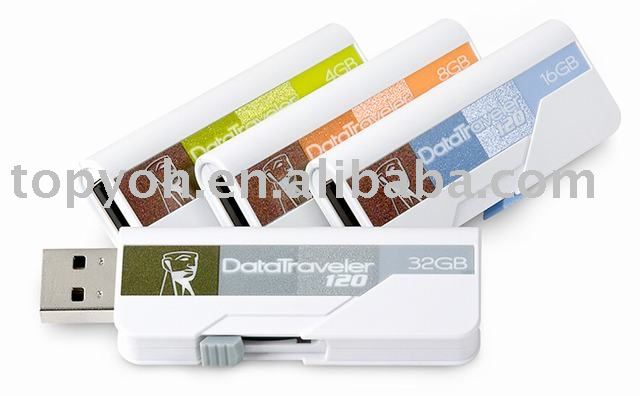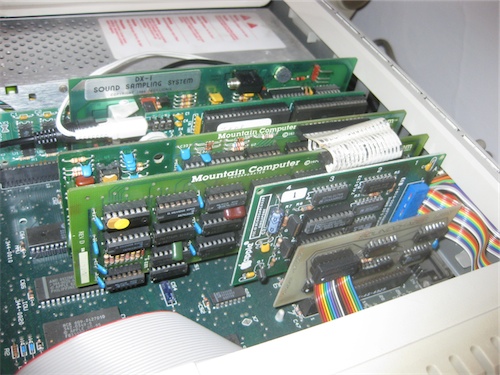It is a non-volatile computer storage chip that can be electrically erased and reprogrammed.Can retain data even if power is disrupted .For digital video camera, mobile phone, portable computers (PDA). A computer chip with a read-only memory that retains its data when the power is turned off and that can be electronically erased and reprogrammed without being removed from the circuit board, often used in fax machines.
Graphic Cards:
They are expansion cards whose function is to generate output images to a display. A piece of hardware installed in a computer that is responsible for rendering the image on the computer’s monitor or display screen.
Sound Cards:
A sound card (also known as an audio card) is a computer expansion card that facilitates the input and output of audio signals to and from a computer under control of computer programs.
Network interface card (NIC):
NIC, an expansion board you insert into a computer so the computer can be connected to a network. Most NICs are designed for a particular type of network, protocol, and media, although some can serve multiple networks. . Referred to as a network adapter and is an expansion card that enables a computer to connect to a network such as a home network or the Internet using an Ethernet cable with a RJ-45 connector.
Plug & Play:
A term used to describe the characteristic of a universal serial bus or device specification, which facilitates the discovery of a hardware component in a system, without the need for physical device configuration, or user intervention in resolving resource conflicts. The ability to add a new component to a system and have it work automatically without having to do any technical analysis or manual configuration.
Bus Line:
Device on a computer's motherboard that provides a data path between the CPU and attached devices (keyboard, mouse, disk drives, video cards, etc.). Like a vehicular bus that stops at designated stations to pick up or drop off riders, a computer bus receives a data signal from the CPU and drops it off at the appropriate device (for example, the contents of a file in RAM are sent, via the bus, to a disk drive to be stored permanently). Conversely, data signals from devices are sent back to the CPU. On a network, a bus provides the data path between the various computers and devices.
HDMI:
HDMI (High-Definition Multimedia Interface) is a compact audio/video interface for transmitting uncompressed digital data. A digital interface for audio and video that provides a single-cable solution for home theater and consumer electronics equipment. Introduced in 2002, one HDMI cable commonly replaces from two to five cables, and in some cases even as many as 11 cables, when connecting devices such as TVs, DVD players, set-top boxes and A/V receivers.
Cache Memory:
Cache memory is random access memory (RAM) that a computer microprocessor can access more quickly than it can access regular RAM. As the microprocessor processes data, it looks first in the cache memory and if it finds the data there (from a previous reading of data), it does not have to do the more time-consuming reading of data from larger memory.




No comments:
Post a Comment